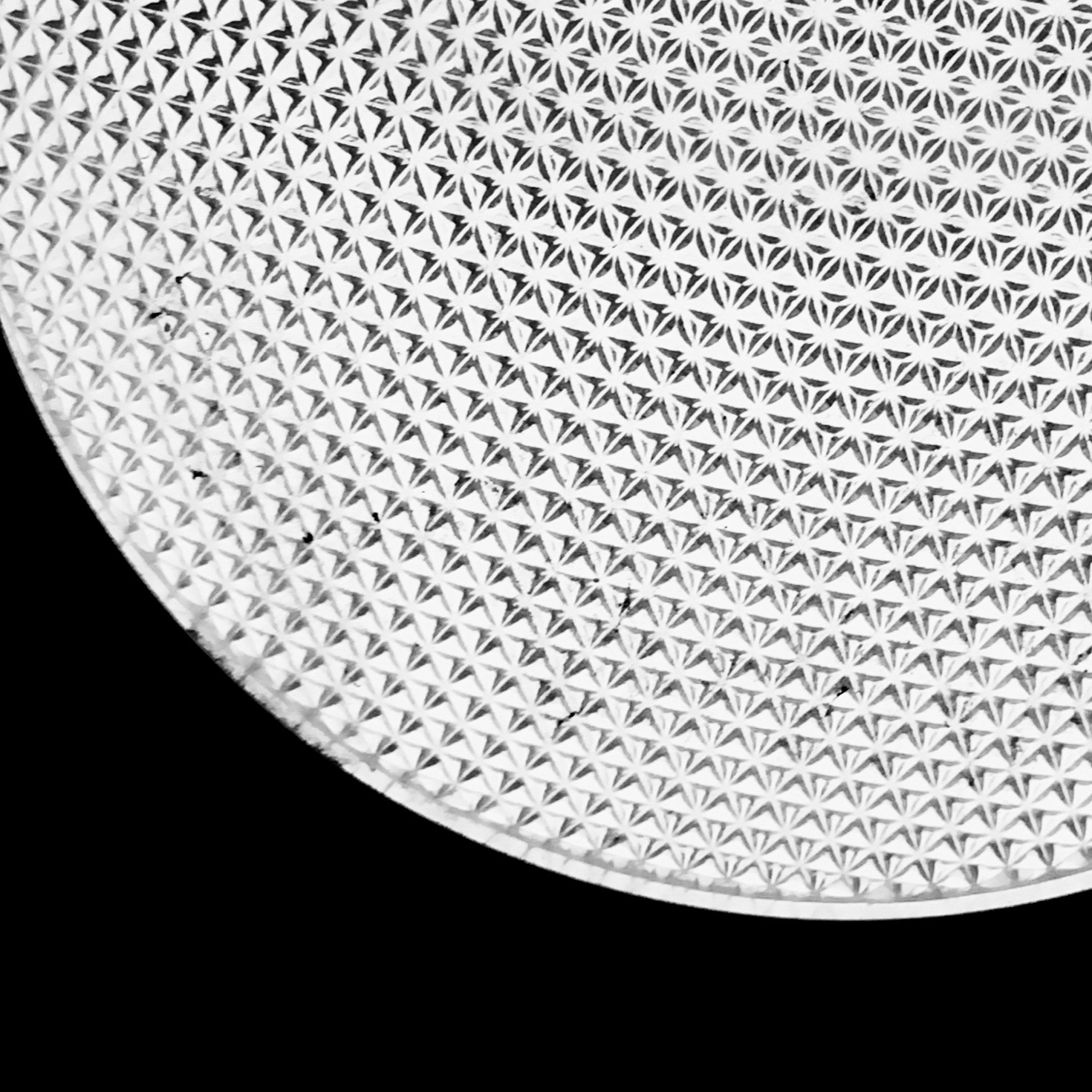By Dave Chu
Two weeks ago, we conducted a company-wide interview along with some of our key clients to collect feedback regarding our product offering. Interestingly, of all the people we’ve spoken to, factory managers are seeing the most impact (and also the most vocal about it). Amongst all the key aspects of what they’re seeing improvement from, one of the recurring phrases stood out—”LEAD Time”.
What is LEAD time?
LEAD time is the time period calculations of a process from start to finish. LEAD time is reviewed in some of the major aspects throughout industries like manufacturing, project management and supply chain. Monitoring from pre-processing, processing and post-processing time stages to pinpoint the inefficiencies while comparing results against benchmarks.
LEAD time reduction can be crucial to optimize operation, from streamlining production and improving productivity while increasing its output and value.
Yet a longer lead time can be hurting sales and the overall production process.
Key Takeaway:
- Measures how long it takes from start to finish of a process.
- Calculated by adding the number of days/ hours from preparing materials, manufacturing goods and delivering the final products.
- Factors of lead time in manufacturing includes: lack of materials, faulty parts, assembly errors, labor and even unforeseeable cost such as natural disasters.
- One of the key benchmarks to determine qualification as a lighthouse factory.
- Global Lighthouse Network benchmarks lead time on precision instead of reduction.
How to calculate LEAD time?
To determine LEAD time, managers need to factor in multiple segments of a production. From pre-processing to procure materials, processing with manufacturing goods and post-processing to deliver the finished product. LEAD time is calculated by adding up the combination of time, usually in days, of all the steps above.
Traditionally, one of the most difficult aspect to calculate, surprisingly, is the processing with producing goods. The combination of human and machinery assembly line are infamous for it’s almost impossible to measure in time.
The fundamental flaw of LEAD time calculation in labor intensive production
The current approach is to have an industrial engineer, with a stopwatch and a clipboard, randomly select stations at a random time of the day with random workers working on random assembly steps. This collection method results in unreliable data both inaccurate and fragmented. Industrial engineers then will have to draft a predicted process time using projection base on those data which is again, unreliable.
The more advanced approach is to implement IoT scanners into standard operation procedure in key station to calculate the time in between. This results in higher accuracy but it’s almost impossible to pinpoint inefficiencies without overly cluttering up the SOP. The data also could not offer a complete view of each step of assembly in between scanners.
The data collected is either on one hand fragmented and inaccurate, and the other incomplete while both unreliable. This results in poor visualization of production and not to say not achieving Data Ownership.
AI Vision, however, solves all these.
What does AI Vision has to do with Lead time?
With AI Vision, once the cameras are installed at key station. These AI cameras will start collecting workstation data with 100% accuracy continuously 24 hours a day, 7 days a week. This unbiased and comprehensive data is now fed into an AI with advanced algorithms with capabilities of deep learning and machine learning to generate actionable insight of your production line.
Factory managers, as reported, are now able to base their LEAD time calculation based on the reliable source of data. Comparing predicting the results from fragmented and unreliable data source, their LEAD time projections are now more accurate than ever. Benefiting management, sales and even operations as a whole. While, unprecedentedly, bringing the entire operations reaching to the higher ground—The Global Lighthouse Network.
How PowerArena’s AI works
The Global Lighthouse Network(GLN), established by World Economic Forum(WEF) and McKinsey & Co in 2018, had now benchmarked thousands of advanced manufacturing factories while only a handful of them each year had passed and awarded with the title “Lighthouse Factory” as a leader in full scale digital transformation in 4IR. One of the most crucial aspects of determination as a GLN member is LEAD time.
LEAD time in lighthouse factory goes beyond just reduction. It’s the utilization of digital tools to scientifically approach LEAD time calculation and the precision of handling the data, as we call it—Data Ownership.
Empower your factory management
PowerArena’s Human Operation Platform(HOP) is powered by AI Vision. With our AI Vision you’re guaranteed to visualize your production line data with 100% accuracy and 24/7 complete collection. With the unbiased scientific insight that will empower your LEAD time calculations to achieve Data Ownership. Our Human Operation Platform, aka HOP, will provide you clarity in your labor heavy production environment to help you get one step closer to a full digital transformation and place you one step further beyond your competition.





